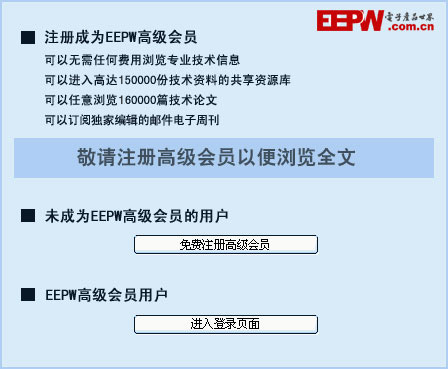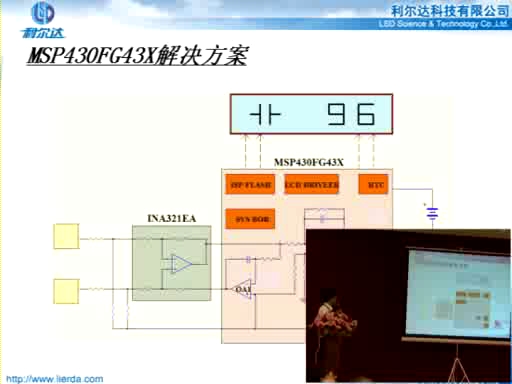Negative Charge Pumps Achieve
A negative-charge-pump architecture overcomes the inefficiencies typically encountered in positive-charge-pump designs. Devices such as the MAX8647/MAX8648 use this negative-charge-pump architecture, as well as individual mode switching for each LED, to dramatically improve efficiency and extend battery runtime. These WLED drivers enable designers to achieve inductor-like efficiencies while benefiting from the simplicity and cost savings offered by charge-pump solutions.
A similar version of this article appeared in Korean in the May 2008 issue of Semiconductor Network.









評(píng)論